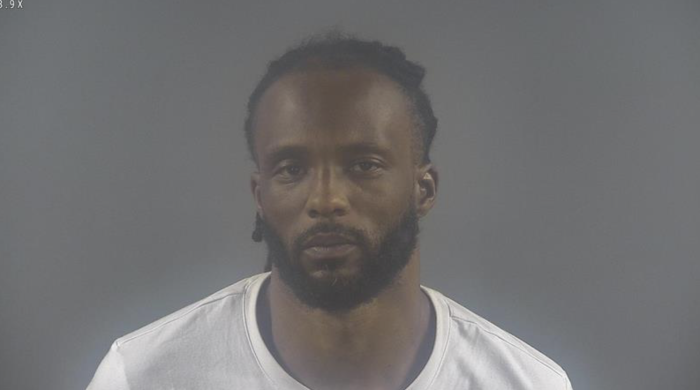Lawmakers could do more to make college affordable, report finds
Published 12:15 am Wednesday, March 10, 2021
A decade of spending cuts to Kentucky’s colleges and universities has put higher education increasingly out of reach for its students, and Black households have been particularly hard hit.
A recent Center on Budget and Policy Priorities report revealed that those households would need to spend 40% of their income to get a degree.
Kentucky ranks among the 10 worst states nationally for higher education cuts since before the Great Recession, with lawmakers spending nearly 30%, or $2,977, less per student in 2019 than in 2008. According to the Kentucky Center for Economic Policy, that far outstrips the national average decline of 11.6% or $1,033 per student. The result is that the greatest cost burden falls on the poor and families of color, the KCEP said.
There’s a lot state lawmakers can do to address this, according to KCEP Research Director Ashley Spalding.
“In order for the state to make these very needed investments, our legislators do need to clean up the tax code to fund them,” Spalding said. “Part of that is to stop passing new tax breaks as well. This is something that every session we see lawmakers support: legislation that actually puts more holes in our tax code and makes it harder to fund these very needed investments.”
Average tuition at public four-year universities in Kentucky has ballooned by 33.5% between 2008 and 2019 in inflation-adjusted dollars. For Kentucky’s community colleges, it’s a 28.5% increase over that same time period. At the same time, median household income for Kentuckians has remained more or less flat in the last 20 years, even as net productivity has climbed nationwide.
As a result, the average net price to attend a public four-year school in Kentucky cost as much as 30% of median household income in 2018, and Kentucky is one of 17 states where Black households would need to spend at least 40% of their income for a degree. For Hispanic or Latino households, the figure is 35%, compared to 29% for White households.
Amid the coronavirus pandemic, colleges across the country are hemorrhaging undergraduate students. For the fall 2020 semester, according to the report, undergraduate enrollment as of October 22 was down 4.4% from the previous fall. It’s a decline five times greater than the pre-pandemic decline of 0.8% between fall 2018 and fall 2019. Community colleges, for comparison, saw a decline of 9.5% in enrollment.
Even after the pandemic and the end of a pause on repayments for federal student loans, the report points out that low-income students will likely struggle to repay their debt.
Further, students of color – especially Black students – must borrow more to pay for school. In 2016, 85% of Black graduates across all institution types graduated with debt, compared to 69% of their White peers, the report said.
According to the report: “Black students borrow more and struggle more with repayment than their White peers in large part because structural racism holds down Black people’s earnings and wealth accumulation.”
All this comes amid a national debate about student loan forgiveness, with President Joe Biden last month announcing that he will not support $50,000 in student debt forgiveness. The U.S. Department of Education owns more than 90% of the country’s roughly $1.5 trillion in outstanding student loan debt.
Biden has contended that doing so would disproportionately benefit those who attend elite private colleges, although that does not represent the majority of student debtors. For example, according to the report, 84% of graduating seniors who have received a need-based Pell Grant have student loans, compared to 51% of those who have not received a Pell Grant.
“Most people who borrow, especially in our state, it’s not really large amounts,” Spalding said. “It’s not the case that it’s just students at elite colleges.”
Looking at the student loan situation in Kentucky, a very large share of Kentuckians who owe student loans have low incomes, Spalding said.
“We know they’re often attending community colleges and public universities in our state, and many people who owe on student loans were not able to complete their degree, and often, financial constraints are a reason for that.”
When it comes to federal student loan forgiveness proposals and what that would mean here, “it would make a big difference in the lives of so many people in Kentucky,” Spalding said.






